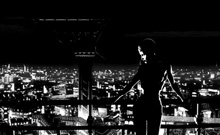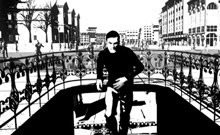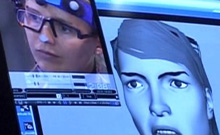With the onset of computer technology, an incredible advancement in computer generated animation was also introduced into the world of animation and film. Computer graphics and computer animation is the future of animation, replacing multitudes of labour intensive hand-drawn work (Of course, inherently introducing its own complexities of rigorous digital labour).The most widely known company of producing successful 3D animated films is Pixar, their first feature hit being Toy Story (1995). Computer animation has fundamentally become the next phase of stop motion animation and frame-by-frame 2D animation.
While objects in stop motion are from the real-world, the same method is applied to objects on the computer’s 2D or 3D environment. However, while frame-by-frame animation requires the slight incremental changes between frames, the computer is able to morph or ‘tween’ two frames to form a smooth transition. Computer generated animation can be either 2D (flash) or 3D (rendered), both of which utilize tweening and manipulation on the computer.
Renaissance (2006) is an example of a film that uses computer technology in conjunction with real life motion capture of actors to produce a final motion picture. Just as traditional animation is able to manipulate the scenes perceived by the viewer, computer animation can also present a variation of reality. Using computer technology, the filmmakers were able to produce their version of Paris in the year 2054 with clear reflections of Paris characteristics today, and allow viewers to step into that world by connecting with the characters and architectural setting of the film.
Aside from computer generated graphics for the film, Renaissance also utilized a special style in its graphics that set itself apart from typical computer or traditional animation films. The stark contrast of black and white enhanced the overall effect of the film, only highlighting what was necessary (white) and eliminating what was not (black). This style is interesting in its manipulation of reality, for example, through creating an impression of a dark yet brilliantly illuminated city at night, and a bright, articulated city during the day. All of this is achieved through manipulating the use of only black and white.











